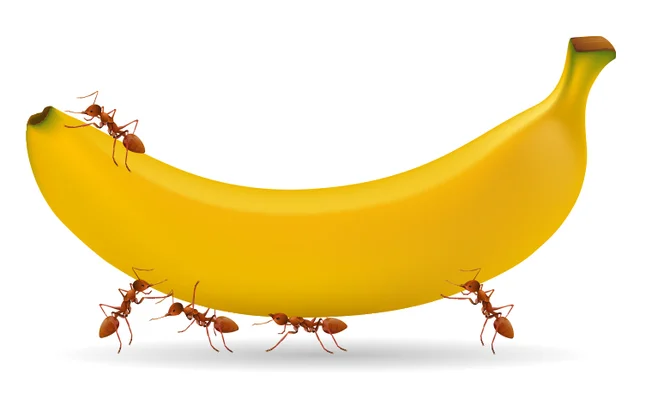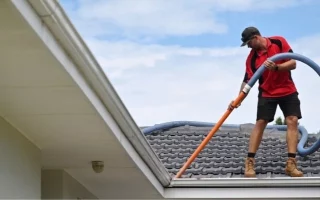Ants are one of many pesky pests that can cause homeowners many problems. Some, like cockroaches and ants, track germs inside the home, while others, such as stinging insects, can be painful.
Use mound treatments such as liquid drenches or sprayable aerosols to kill ant colonies. Choose products containing fast-acting ingredients such as hydramethylnon, abamectin or methoprene for best results.
Pesticides

A pesticide is any substance that kills or controls pests (insects, mice, weeds), unwanted plants, fungi, bacteria, viruses or other organisms. Pesticides are usually chemicals but can also be organic or natural substances. They can be applied as sprays, powders, granules, liquids, soluble granules, tablets or baits. Some are gaseous, such as fumigants.
Ants are a nuisance in and around residential homes, especially the black carpenter ants (Camponotus pennsylvanicus), which can chew through wood and cause structural damage, and pavement ants (Odontomyzon novynus). These ants create unsightly mounds of earth under sidewalks and other areas and invade buildings looking for food.
A common treatment for both ants is mound drenching, which involves dusting or sprinkling a low-toxicity insecticide over the ant mounds and watering it in. Products such as hydramethylnon plus methoprene are fast-acting and last up to 1-2 months. They can be used on lawns, gardens and hay fields, as well as in pastures and fenced livestock grazing areas.
Ant Traps
For many people, spraying insecticides is the go-to method for ant control in Cincinnati Ohio. But most experts I spoke with agree that attacking ants this way wastes time—and can even be dangerous to your health. Multiple insect stings can cause allergic reactions and gastrointestinal issues, especially in children and older adults.
Instead of attacking ants with sprays, try baiting them instead. Ant baits use food-like scents to trick the ants into carrying them back to their colony and killing them. These are much safer to use around children and pets than sprays, which may not kill the ants but only deter them for a short period.
Choose ant baits that contain different types of attractants. Different ant species have other food preferences. For example, a trap with sugar-based bait won’t work against carpenter ants drawn to proteins. Also, consider a bait station that houses liquid bait rather than granular form. This will prevent the appeal from drying out in the sun.
Natural Repellents
Using plant-derived terpenes, such as lemon and citronella oil, natural repellents can deter pests without using chemical pesticides. Typically, repellents are applied as a perimeter treatment around homes or other buildings to serve as a barrier against pest entry. These products may be sprayed directly onto cracks and crevices to serve as an insect exclusion.
Fire ants are a major problem in the United States, costing Americans $6 billion annually. Although there is no single best method for controlling fire ant populations, the most effective control methods involve either widespread broadcast treatments or targeted, individual mound treatments.
When a sting occurs, it can be very painful for humans, pets and livestock. They also can kill vegetation and cause economic and agricultural damage.
Whether it’s cockroaches, ants, stinging pests or rodents like rats and mice, trained pest control professionals know how to stop them.
Sealing Entry Points
A pest infestation can quickly become overwhelming. Whether it’s ants, cockroaches, or rodents like rats and mice, the sooner you take action, the better.
A thorough inspection should be conducted before beginning ant control treatment. This can include communication with residents about ant activity, where large numbers have been observed, current or past moisture problems, the location of ant mounds, and any other helpful information.
Sometimes, a specialized dust formulation intercepts ant nests in wall voids. This product is applied via drill holes in walls at three-to six-foot intervals. The holes are then sealed with a dowel, a small cork, or an appropriate sealant. It’s also important to reduce ant food sources. Sanitation improvements and frequent cleaning of shared spaces will help reduce ant populations. The same is true for eliminating piles of debris where ants may be nesting. The crazy ant is highly adaptable and will nest in dry or moist environments.




